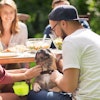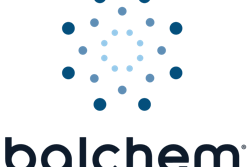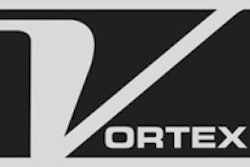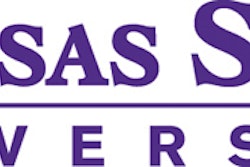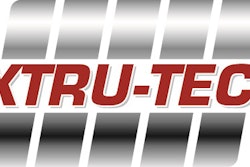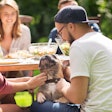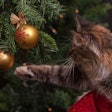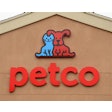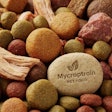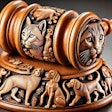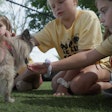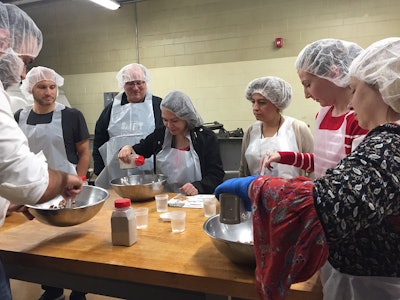
In many mature pet food markets, pet treat sales are outpacing those of the overall market, and pet meal enhancers – toppers, mixers, gravies and similar products – are growing fast, too. In the U.S. pet specialty channel alone, which has seen flat growth overall in the past year, cat treat sales rose 7.4 percent in 2017, with dog treats at 1.7 percent, according to GfK data. The meal enhancer category soared by nearly 25 percent.
One source of ideas for launching new products in these popular categories lies with novel and functional ingredients, including superfoods. At the Petfood R&D Showcase 2018, which focused on pet treats, toppers and inclusions, participants learned about such ingredients, among other product development opportunities, from interactive sessions and labs conducted by industry suppliers.
All the buzz about bugs
Insects are a superfood for dogs, cats and other animals, said representatives of Enterra Feed Corp., which led a session on using ingredients derived from black soldier fly larvae (BSFL) in pet treats. For pets, insects are essentially part of their natural diet, the company said, and contain no artificial substances, antibiotics or hormones. Enterra presented results of studies showing that BSFL specifically are digestible and palatable to pets, rich in amino acids, iron, calcium and lauric acid, and offer functional benefits because of the chitin and peptide antioxidants present in the larvae.
Company representatives also commented that while insects are not yet approved to use as pet food ingredients in the U.S., theirs is one of several organizations working with the Food and Drug Administration and Association of American Feed Control Officials to expedite approval within the next year or so. Meanwhile, insects can and are being used in pet treats. Participants at the Showcase were able to take home dog and cat treats made with Enterra’s BSFL ingredients to test the palatability and digestibility with their own pets.
Another benefit of insects like BSFL, according to Enterra, is that they are very sustainable, requiring much less land, water and feed to raise than other protein sources, such as livestock production animals. An interesting question from the audience – “How much do larvae poop and what do you do with it?” – helped boost the sustainability story: Enterra said the larvae poop “a lot,” and the company sells the waste to another company to repurpose as an organic fertilizer.
Fruits, sorghum, inclusions and microencapsulation technology
Other Showcases and labs highlighted additional pet treat and topper ingredient possibilities:
- Fruit and vegetable purees and powders for wet or dry pet meal toppers, from TreeTop, which said the toppers can entice the most finicky pet eaters while offering highly digestible, natural sources of fiber and antioxidants.
- Inclusions that can be added to dry or wet pet foods, plus pet treats, to provide novelty, owner appeal, color and additional palatability, while also serving as carriers for functional ingredients, from the Peterson Co. They also demonstrated gravies that can provide the same benefits as toppers for kibble, along with their Showcase partner, Extru-Tech, which demonstrated making inclusions and soft-moist treats with a tabletop extruder.
- Sorghum as an abundant, natural, digestible ingredient to replace wheat in dog biscuits while offering functional benefits such as antioxidants, presented by the Kansas State University Pet Food Program in partnership with AIB International (host of the interactive labs).
- Microencapsulation technology, presented by PetShure from Balchem, to explain how the technology can protect ingredients for targeted nutrient delivery and improved functional pet food and treat products.
Vortex Valves also offered information about their state-of-the-art gates, diverters and valves used with manufacturing equipment in more than 20 industries besides pet food (including aerospace). Their demonstration included a tour of their mobile demonstration station, where participants could trigger various air-operated valves and gates to understand their design, operations and benefits.
Petfood Innovation Workshop planned
Petfood R&D Showcase 2018 took place October 9-11 at Kansas State University in Manhattan, Kansas, USA, and also featured the latest research on pet treat ingredients and safety from university faculty. A similar event, Petfood Innovation Workshop: Clean Label Technology, is planned for April 29, 2019, at Kansas State University-Olathe in conjunction with Petfood Forum 2019.
